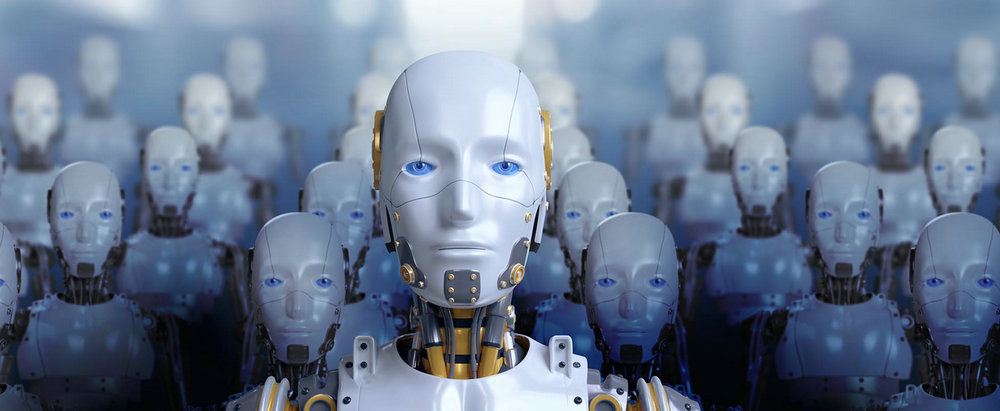
_______________________________________________________________________________________________________________________________________________________________________
The year 2025 marks the official beginning of the mass production era for humanoid robots. Manufacturers worldwide are ramping up R&D investments to accelerate commercialization. Market data indicates continuous growth in the humanoid robot sector, with companies actively innovating and expanding commercial applications.
However, despite significant technological advancements, humanoid robots still face major challenges, particularly in weight reduction and cost control.
Weight reduction is critical for improving the movement performance, battery life, flexibility, and operational efficiency of humanoid robots. Lighter robots can execute actions more swiftly, increasing work efficiency while reducing inertia forces, thereby alleviating strain on the drive system and extending battery life.
However, material selection and structural design limitations currently hinder significant weight reduction, impacting overall performance and application scope.
The cost structure of humanoid robots is complex, primarily comprising:
✔ Powertrain systems
✔ Smart sensing systems
✔ Structural components
Among these, powertrain and smart sensing systems constitute the largest cost portions, while high-performance materials further add to manufacturing expenses. Finding a balance between performance and cost reduction remains a pressing issue for the industry.
_______________________________________________________________________________________________________________________________________________________________________
ARKPEEK provides PEEK (Polyether Ether Ketone) solutions to tackle the weight and cost challenges in humanoid robot development.